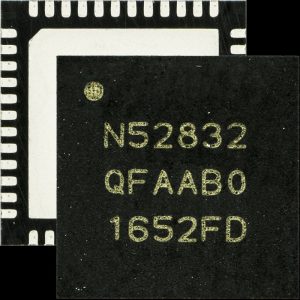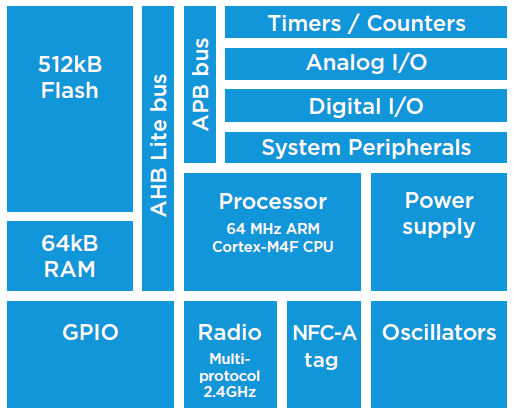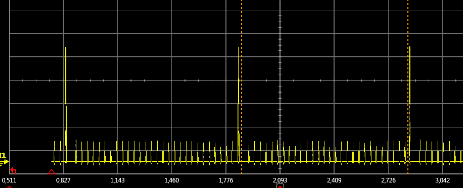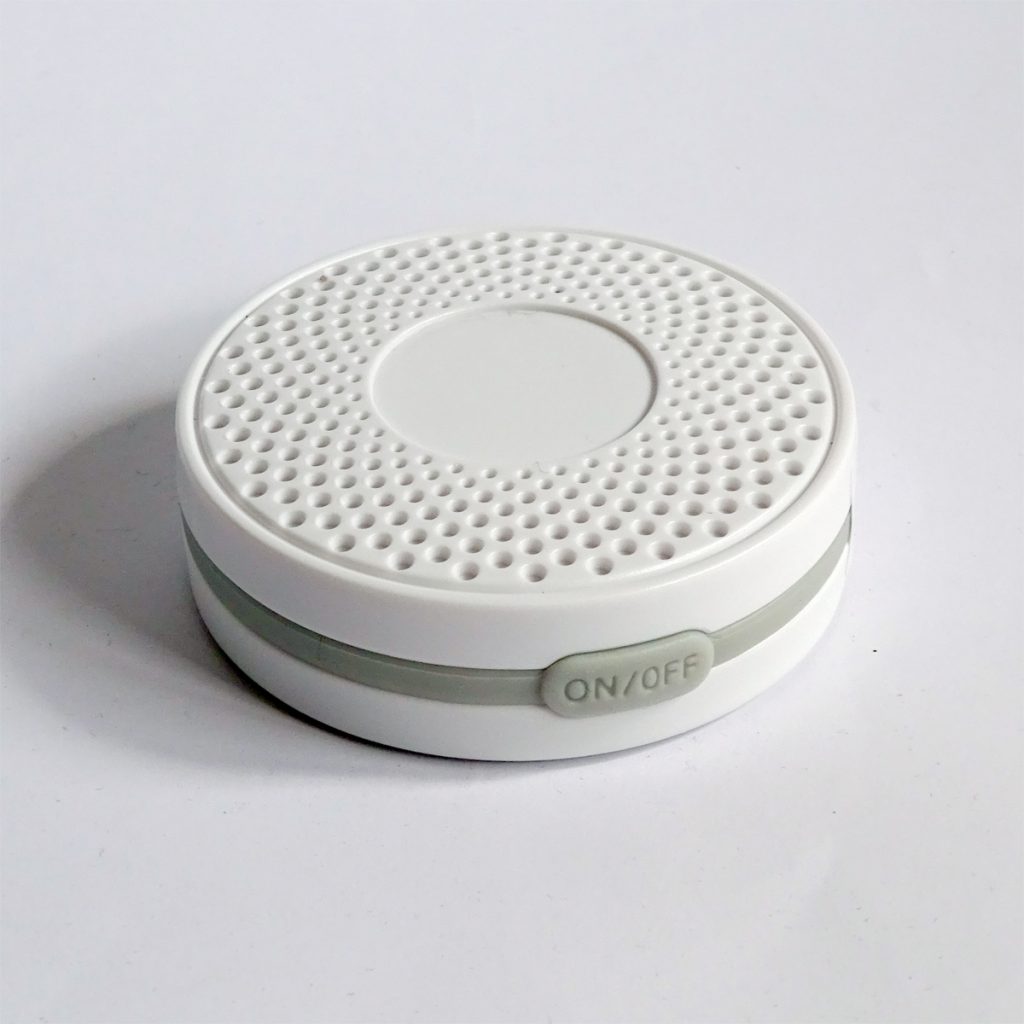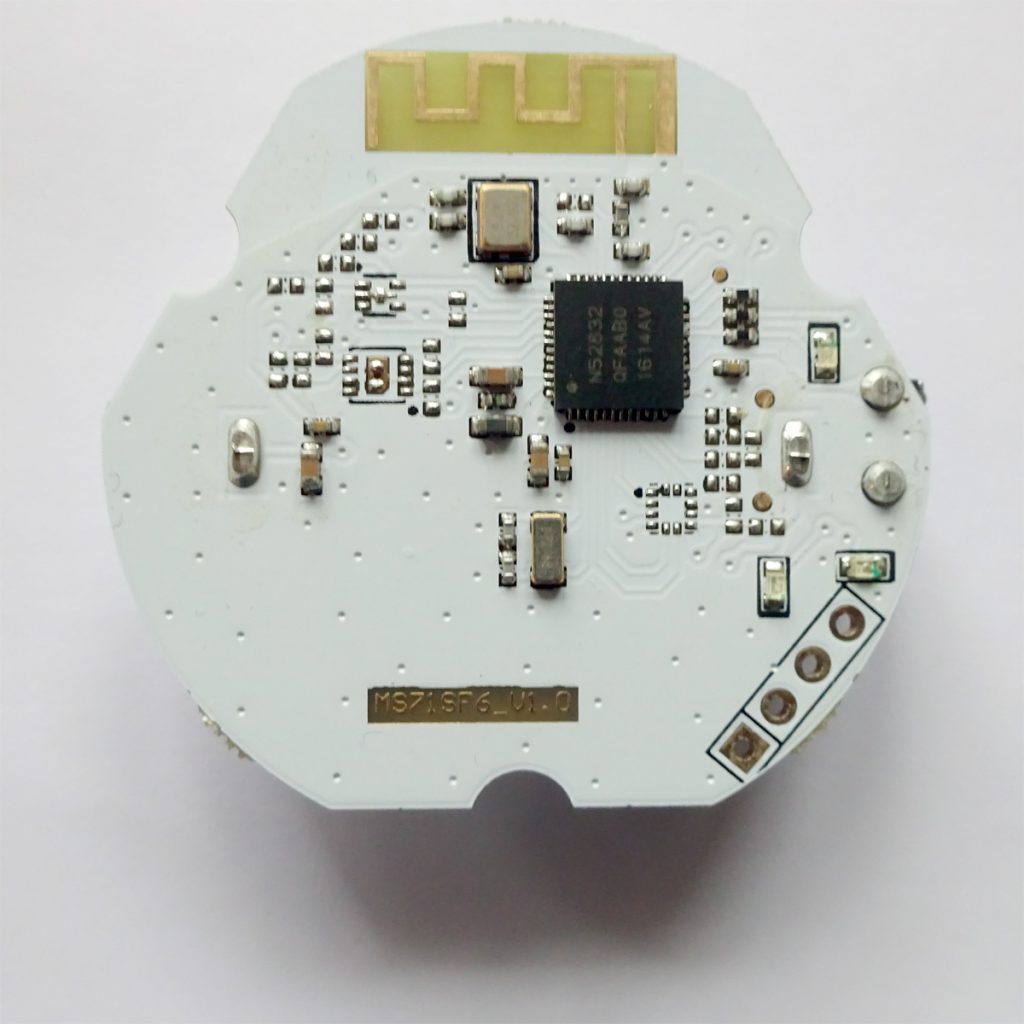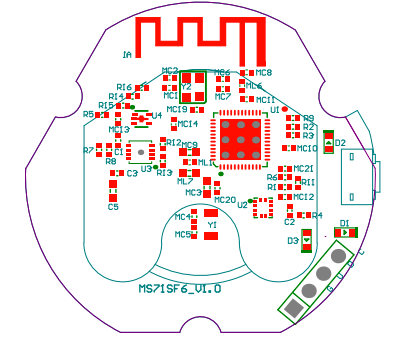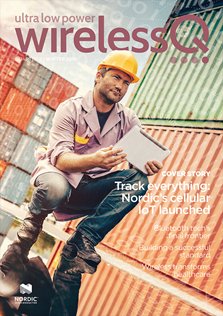This is part 3 of a 3 part series that explains what’s inside a beacon. In this part we take a look at the System on a Chip (SoC) software and programming for the Nordic nRF range found in the majority of beacons.
Despite the small size and memory, a typical beacon contains lots of code written in the c programming language. The code required to implement Bluetooth, called the Bluetooth stack, is very complex. It also has to pass tests by the Bluetooth SIG, called qualification. To prevent every product vendor using the SoC having to write the Bluetooth part themselves, Nordic supply what’s called a SoftDevice. A SoftDevice is a precompiled and linked binary library implementing a wireless protocol, Bluetooth in our case.
For the nRF52, the S132 SoftDevice provides a qualified Bluetooth® 5 low energy (BLE) Central and Peripheral protocol stack solution. It provides eight connections with an Observer and a Broadcaster role all running concurrently. Use of a softdevice allows developers to concentrate on their own high level product functionality rather than lower level complexities.
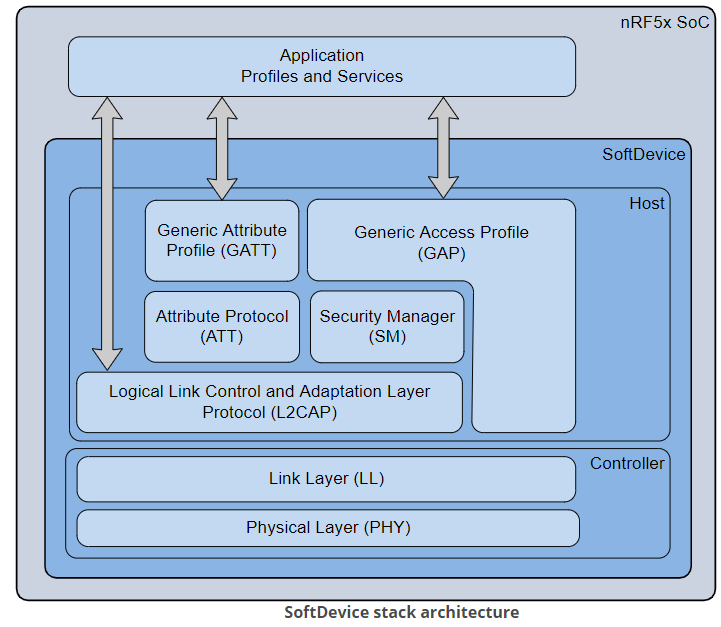
Beacon manufacturers or 3rd party developers such as ourselves create a program using either SEGGER Embedded Studio (SES), MDK-ARM Keil µVision, GNU/GCC or IAR Workbench. Most development now uses SEGGER Embedded Studio because Nordic have licensed it to allow Nordic developers to use free of charge. Most Nordic code examples in the nRF52 SDK now include a SEGGER Embedded Studio project file.
There are two ways of programming, either pre-programming the SoC with production code before mounting using socket programming or programming the SoC after mounting in the circuit. The PCB holes mentioned in part 1 are used to program the beacon in the circuit. A jig with pogo pins (pins with springs) can be used to help programming larger number of devices:
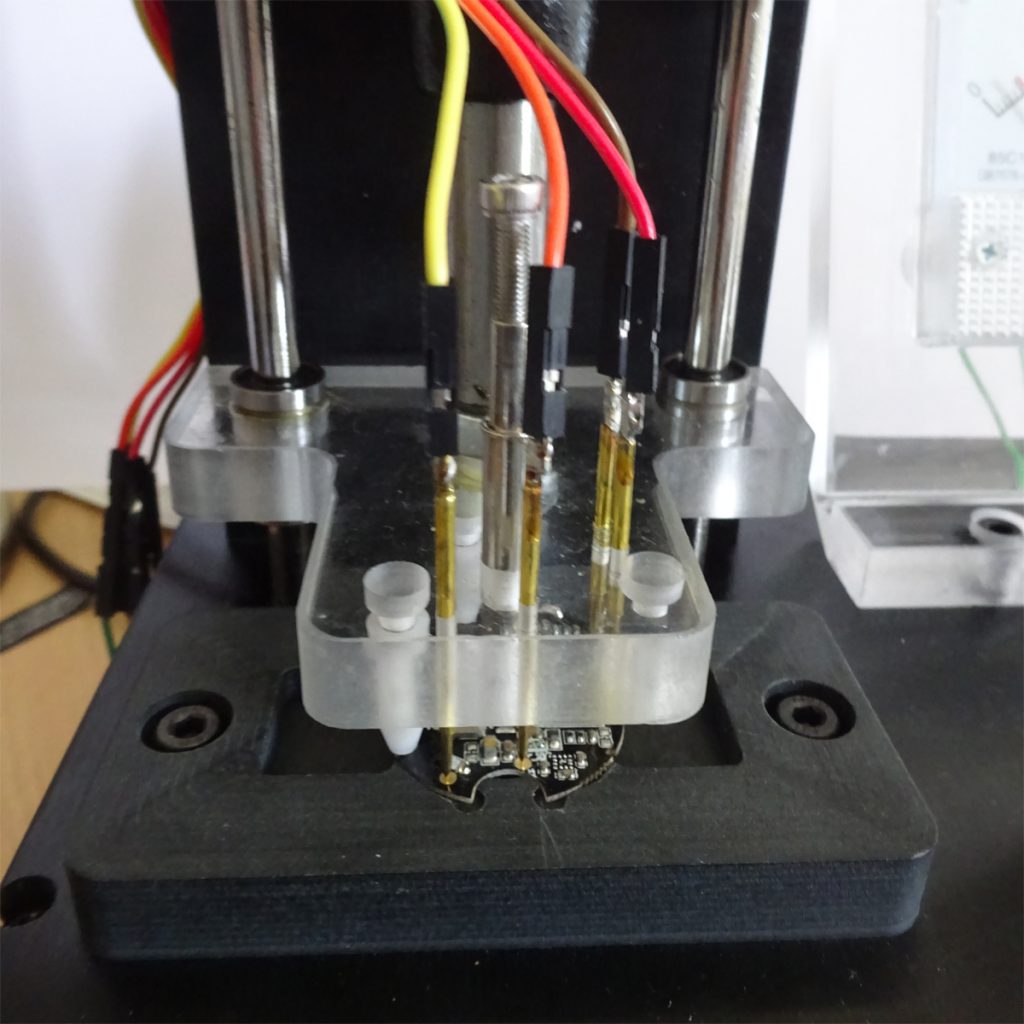
The other end plugs into a nRF52 DK that has a debug out header at the top right:
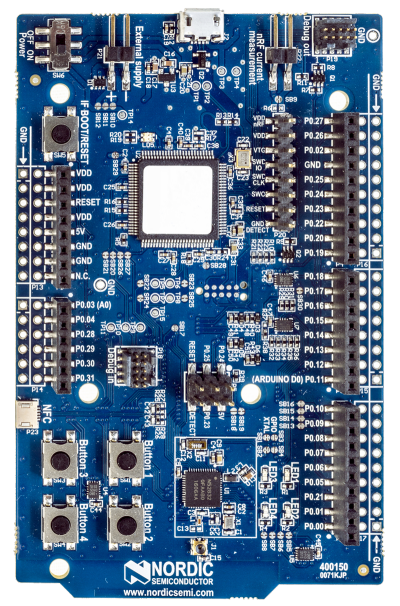
If you keep the pins connected to your beacon, you can run and debug the code, in situ, via the SEGGER IDE. However, debugging is not that capable because it’s not possible to continue from breakpoints. You have to re-run or rely on lots of logging to the console.
The nRF52 DK also contains a nRF52 which means it can be used in the initial stages of product development prior to moving to actual hardware.
